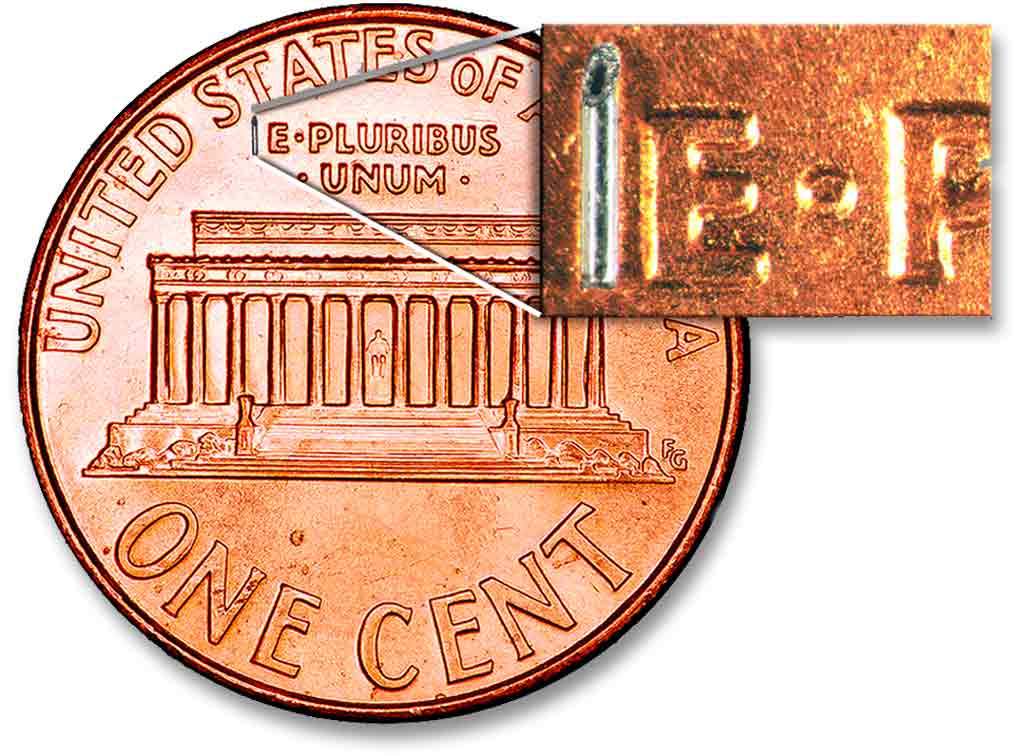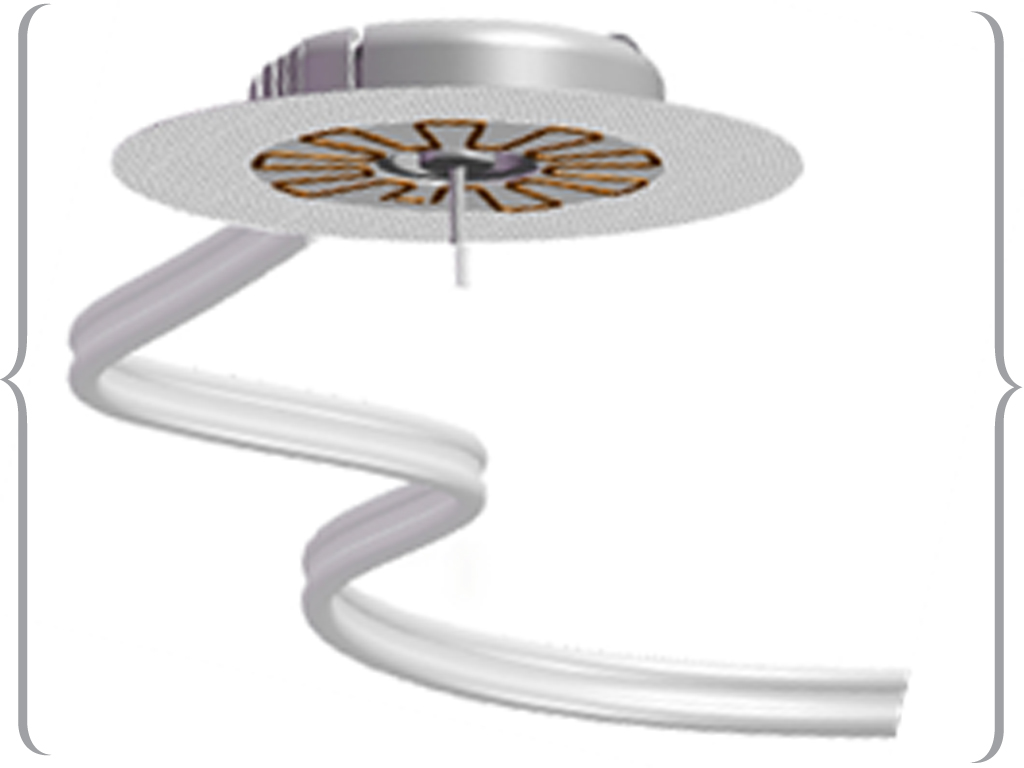A Glimpse Into Your Next Retinopathy Exam

“And, oh, yes, there is one more thing,” my doctor said after he told me I had Type 2 diabetes. “You’ll need to get your eyes checked once a year.”
When I was a kid, my Aunt Anna’s dwindling eyesight, and her eventual blindness, were attributed to what the civilians in the family referred to as “sugar diabetes.” It was something that ran in the family – a couple of the elders were the kind of diabetics who took lots of shots and a couple others just took pills but eventually needed shots. Everyone loved bread, but Anna never ate it, and had to go easy on the orange juice. That pretty much sums up my understanding of diabetes up to the time my doctor diagnosed me.
“You have all this junk floating around in your system”, my doctor said. Because of that, he continued, the blood vessels in my eyes were going to be vulnerable to damage. If it got bad enough, my vision could be affected. “So, I’ve referred you to an ophthalmologist,” he said. “He’s going to sprinkle some stuff in your eyes to dilate the pupils and then take some pictures. No big deal.”
People often put this eye visit off, and I am a world-class procrastinator. Fortunately for me, I was covered at the time by an insurance company that was an early adopter of the Encourage Proper Self-Management Theory. The insurance company was already going to force me to go to an eye doctor as a condition of a zero deductible policy and a pretty good deal on metformin, so I figured I might as well get it out of the way.
Diabetes and Your Eyes – The Risks
It doesn’t matter, really, what your exact diabetes diagnosis is – if your blood sugar level is elevated and high levels are sustained, you risk the kind of blood vessel and nervous tissue damage that could render you blind. This is nothing to fiddle around with.
Deterioration of eyesight is insidious, just like the onset of Type 2 diabetes. Diabetic retinopathy, although common, is not inevitable. It can be prevented, and slowed if it appears, by following reasonable overall preventive health advice and exercising good glycemic control.
Without that level of attention to self-care, excess blood glucose can cause blockage of the tiny blood vessels that serve the retina. When the blood supply is restricted, the eye tries to grow new blood vessels as a workaround; if the new vessels don’t develop well and become prone to leaking or bursting, the condition will likely worsen.
Here are the two ways the condition progresses:
- With early, or non-proliferative, retinopathy, new blood vessels aren’t developing to work around the blocked vessels. At the same time, the working vessels weaken as they become blocked, and tiny bulges called micro-aneurysms develop. If these bulges get large enough, and if nerve fibers in the retina begin to swell at the same time, then the macular tissue (the central part of the retina which captures images to transmit to the optic nerve) becomes damaged.
- With proliferative retinopathy, the workaround blood vessels grow abnormally and can leak blood into the vitreous, which is the clear jelly-like fluid encapsulated in the eyeball. Then, if this persists, the pressure inside the eye can become a cause (although not the only cause) of glaucoma, which can permanently damage eyesight.
There are injections and surgical interventions available if the condition worsens, but since diabetes has a way of slowing the healing process and lowering the body’s defenses to post-surgical complications, vigilance on the part of the patient to keep ahead on eye health is the best defense.
For your eye exam, what you can expect is a session lasting an hour to an hour and a half, starting with visual testing just as if all you’re in for is a routine eye checkup. Your doctor or the technician or nurse will ask how your blood sugar levels are doing, and probably ask for a list of your medications.
Then you will sit back for application of the pupil-dilating eye drops, followed by a few minutes of waiting while the drops work. Once the drops have kicked in, you will rest your chin in a frame to hold your head still while a brightly lit magnifier is used to examine the interiors of your eyes for signs of blood vessel damage, abnormalities, or other things that shouldn’t be there.
A glaucoma test will most likely be a part of the exam, and for this you can expect another chin-rest – this time facing a sensor that will (not painfully) record the level of pressure on the eyeball.
Here are four tips for those who may be new to the dilated pupil diabetic retinopathy ophthalmic examination process:
- It will take several hours for the dilating solution to wear off. Walking out into the parking lot on a sunny day will be about 30 times the shock of turning on the bathroom light at 3:00 AM. Don’t be so vain as to refuse the huge free wraparound flexible shades that will make you look like a 98-year-old Florida driver. Or, if your must, equip yourself with a nice pair of Ray-Bans or Maui Jims for the trip home.
- Have someone come with you to drive you home, or take a cab. Hopping on and off a bus or rail car is not recommended. Not only will the light outside be oppressively bright, but your vision will be blurry from the drops, and your irises won’t be able to shut down. Think of your pre-autofocus camera — your depth of field is going to be off. If you have a kid or a grandkid who has a driver’s license, you can position yourself in the back seat and get some payback for the years of earlier trips with that kid – be sure to kick under the driver’s seat and keep asking if you’re there yet.
- Take the work day off or schedule your visit for late afternoon if you’re able, especially if your work requires you to operate machinery, or to read a lot and sit at a keyboard, like my job does. I scheduled an early morning appointment once, and I wound up pretty much useless at work right up to quitting time.
- Finally, diet is important, of course, for all people who need to manage caloric and carbohydrate intake, but there are unique and special food choice risks which accompany the dilated eye exam process. Have someone you trust accompany you if you’re stopping for a bite after the exam. This year I grabbed a container of what I thought was creamy potato salad in the hospital cafeteria line – it turned out to be onion dip, which was delicious smeared on my roast beef sandwich, but unexpected.
The annual exam is entirely painless, and can give great peace of mind.
Here’s a link to the Mayo Clinic’s nuts-and-bolts description of retinopathy causes and risks.
8/3/2016 – This article was changed to correct the information on the purpose of the glaucoma test.







